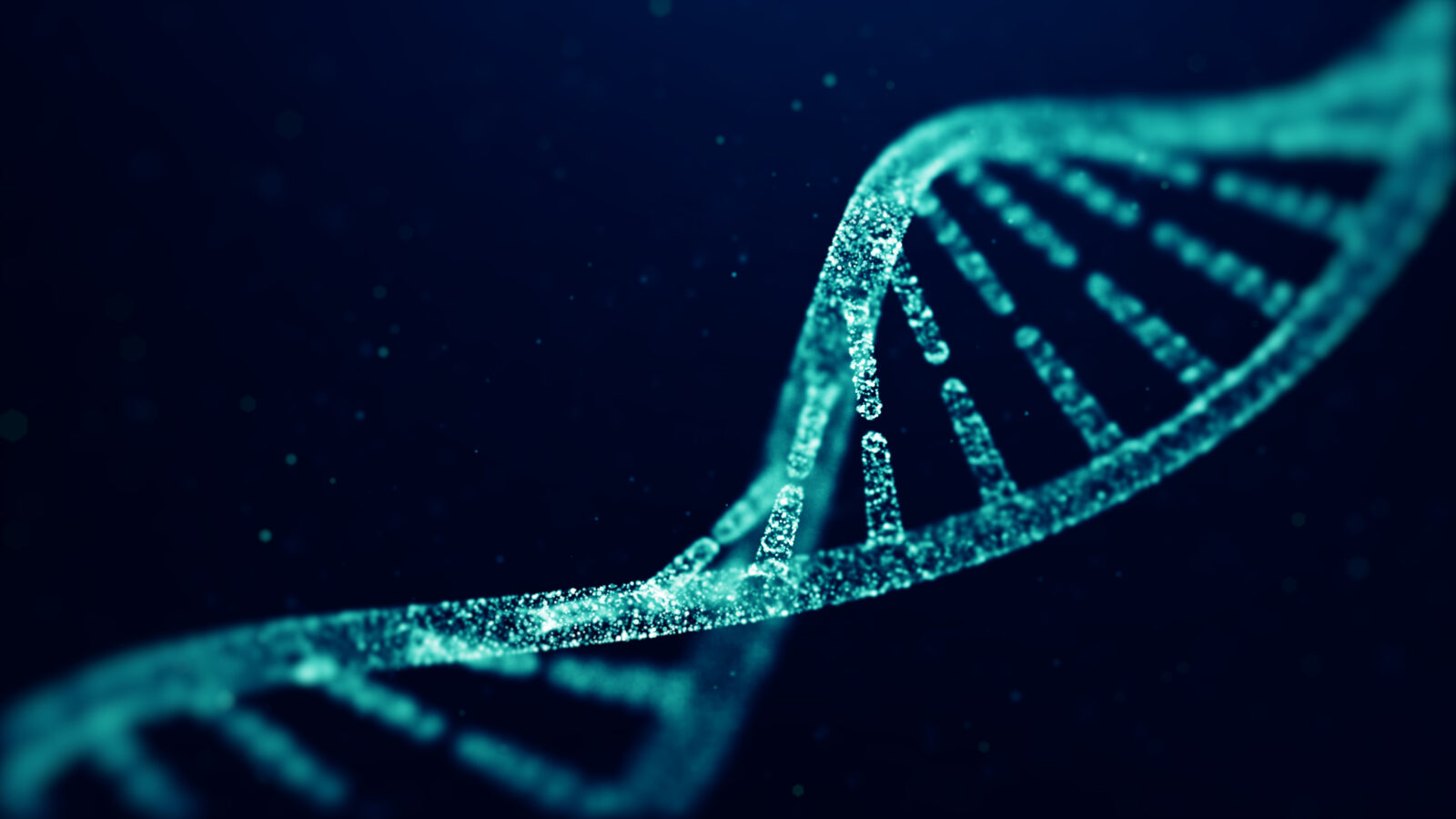How the Myth of Junk DNA Hindered Science
For decades, we’ve been told that only a tiny percentage of DNA is functional and that the vast majority is useless junk. Although this claim never made sense from an engineering standpoint in the first place, it served as a powerful myth to push the narrative that we’re simply the result of unguided, undirected natural processes, a long string of mistakes and copying errors that left its imprint in the form of pervasive junk DNA. On this ID The Future, host Eric Anderson and Dr. Casey Luskin unpack the myth of junk DNA and how it has hindered the progress of science.
The junk DNA paradigm wasn’t just an honest mistake, as some evolutionists now claim. It was a purposeful attempt to wrap an evolutionary narrative around conflicting evidence. Dr. Luskin explains: “The concept of junk DNA has discouraged scientists from investigating in research what this non-coding DNA is actually doing. So it has actually hindered our ability to progress in our understanding of the genome and genomics.”
On the flip side, the idea of function in non-coding regions of DNA fits naturally into a design hypothesis. Indeed, Luskin points out that intelligent design proponents have been predicting function since at least the 1990s. Ironically, opponents of intelligent design have long claimed that ID is a science stopper. But studying systems in the natural world as products of design actually promotes scientific study and understanding, opening the door to new questions and research. The real science stopper is the theory that leaves us shackled to 19th century materialism and to a mechanism that has neither the time nor the creative power to produce the stunning complexity and diversity of life we find on Earth: Darwinian evolution.
Dig Deeper
- Here’s a list of 800 papers recently compiled by Luskin and colleagues showing function for non-coding regions of DNA!
- Watch this episode of Long Story Short on the myth of junk DNA:
